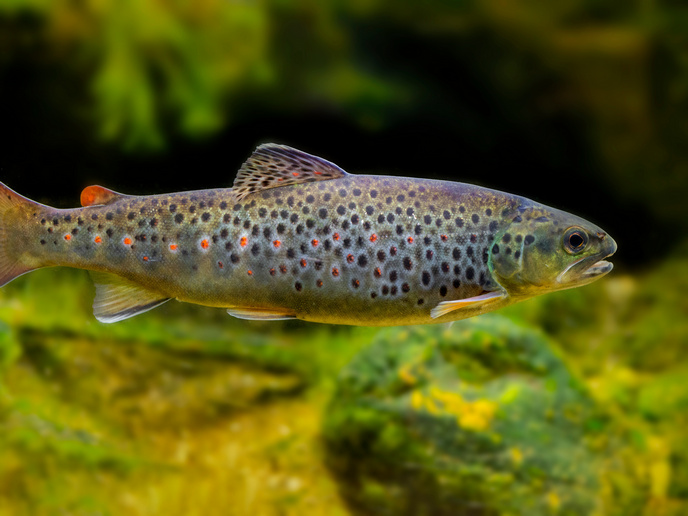Studying stress in family-living lizards
Although behavioural ecologists have begun to explore the effects of maternal stress in wild animals, few studies examine the diversity of the outcomes across ecological contexts. With the support of the Marie Skłodowska-Curie Actions programme, the EGERNIALIZARDS(opens in new window) project focused on the importance of the social environment, and particularly the interactions between mothers and their offspring, in determining the long-term effects of maternal stress experienced during gestation on the offspring.
Stress experienced by lizards
EGERNIALIZARDS tested whether associating with mothers after birth buffered offspring from detrimental effects of being exposed to stress-related hormones, using an experiment in a social-living skink species in Tasmania, Australia. The researchers focused on Liopholis whitii(opens in new window), the White’s skink, because of its interesting social habits. Adults of this small species live in overlapping territories, with pairs sharing burrows. When offspring are born, they can either remain with their parents or disperse and immediately begin life on their own. This natural variation allowed the scientists to test the influence of parent offspring sociality on the outcomes of stress experienced during gestation in an ecologically meaningful way. Mothers received a hormone or control treatment during pregnancy. After the offspring were born, they were raised alone or with their mother. Morphology and behaviour were monitored for several months to see if remaining with the mother changed the effects of the prenatal signal of ‘stress’. The scientists found that prenatal hormone exposure altered morphology, but the postnatal environment had no mitigating effects. There were interesting interactive effects of the pre- and postnatal environment on key behaviours, like exploration. The team gathered data from published studies in a meta-analytical framework to explore patterns in how hormonal correlates of stress in mothers impact offspring in amniotes. They found(opens in new window) that the effects of gestational hormone exposure are stronger and more negative in viviparous(opens in new window) (live-bearing as opposed to egg-laying) species, where the interaction between the mother and the fetus is prolonged.
Stress mechanism explained
“I was surprised, and very intrigued, to find that the influence of viviparity on the outcomes of stress during gestation persisted in the reptiles,” notes Kirsty MacLeod, project coordinator, emphasising the team effort made by her collaborators, Tobias Uller, Tony Williams, and Geoffrey While. In mammals, it’s intuitive to regard the placenta, through which hormones may pass directly from mothers to offspring, responsible for strong effects of gestational stress. However, the project’s findings suggest that stronger effects have more to do with prolonged contact between mothers and offspring in vivo than placental structure. This highlights how useful reptiles are as a model for testing the outcomes of maternal effects, given that there are both closely related egg-laying and live-bearing species within this group. “I hope that our understanding of the ecological factors that influence stress effects in wild animals will ultimately help us realise which species will be most vulnerable to the effects of anthropogenic stressors, including climate change,” states MacLeod. The team aims will now focus on how the variation in skink behaviour scales up to influence population dynamics. Further topics to explore would be the effects of natural stressors, e.g. fire or drought, and the diversified transgenerational transmission of stress between egg-laying and live-bearing species.







